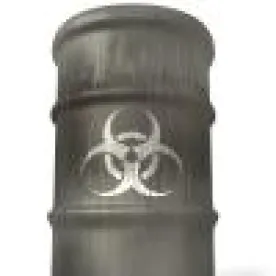On June 7, 2016 the US Congress passed the “Frank R. Lautenberg Chemical Safety for the 21st Century Act,” the landmark bipartisan, compromise legislation to overhaul the Toxic Substances Control Act (TSCA). The Lautenberg Act is expected to be signed into law by President Obama very soon.
As passed by Congress, the Lautenberg Act makes many significant changes to the current TSCA law, including:
-
Requiring US EPA to evaluate chemicals (both new and existing chemicals) to determine whether they present an “unreasonable risk of injury to health or the environment under the conditions of use”;
-
Prohibiting US EPA from considering costs or other non-risks factors in chemical evaluations and requiring the Agency to consider potentially exposed or susceptible subpopulations in the evaluations;
-
Allowing chemical manufacturers to ask US EPA to evaluate a chemical;
-
Giving US EPA authority to issue administrative orders to require testing of chemicals;
-
Requiring US EPA to reduce the use of vertebrate animals in testing;
-
Eliminating the “least burdensome” requirement for chemical regulations, making it easier for US EPA to restrict – or ban – chemicals;
-
Preempting state chemical regulations under certain conditions;
-
Putting limits on confidential business information (CBI) claims and allowing US EPA to share CBI with states; and,
-
Allowing US EPA to charge higher fees for chemical reviews.
Because the Lautenberg Act makes so many significant changes to the current TSCA statute, US EPA’s actions to interpret and implement the numerous new provisions and requirements in the Act will be critically important – especially during the next 1-2 years. US EPA must develop and issue a number of policies, procedures, guidance documents and formal rulemakings during this time, as well as begin to develop early lists of existing chemicals for prioritization and risk evaluation, collect data on chemicals and initiate the risk evaluations. Moreover, US EPA must begin to give greater scrutiny to Pre-Manufacture Notices (PMNs) for all new chemicals (and Significant New Use Notices (SNUNs) for new uses of existing chemicals) and evaluate them for safety under their conditions of use, require more testing of chemicals, and take stronger action on chemicals that US EPA determines present an unreasonable risk of injury to health or the environment. The impacts of US EPA’s actions under the Lautenberg Act on the manufacture, import, processing, distribution and use of chemicals – and products containing chemicals – in the United States will be significant and far-reaching.



 />i
/>i

